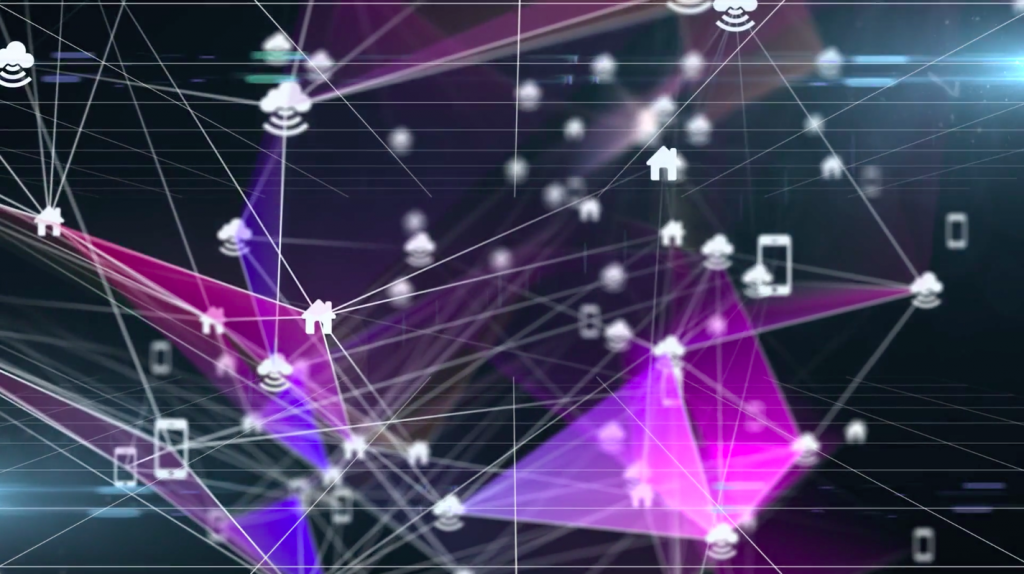An ever-expanding digital network with increasing connectivity of devices worldwide means a far broader field of vulnerabilities. As the Internet of Things (IoT) criss-crosses our professional and personal lives and devices, risk rises exponentially for endpoint security.
In any organization’s internal network, an endpoint is a device or system that can link to that network. That means that every mobile phone, remote desktop program, and IoT capable devices (which in today’s world is just about anything) is a potential “in” for hackers looking to infiltrate your network.
By extension, endpoint security is identifying those “ins” and enacting preventative measures to ensure your endpoint devices are safe from ransomware, phishing tactics, and other cyberattacks. Not only can cybercriminals compromise your personal security endpoints, but they can use devices linked to your company’s network to break in and access hundreds of other devices in one go.
COVID-19-related cyberattacks are on the rise, particularly attacks taking advantage of endpoint vulnerability. As those working from home connect more devices to their company’s network, they are creating more endpoints, or openings for potential security breaches.
Devoted readers of this blog will know that network-wide data breaches are costly in more ways than one—they deal damage to your databases, your security procedures, and your reputation among customers. Today, let’s look at endpoint security by the numbers, and why it’s worth stepping up in this particular day and age.
Current Endpoint Realities
Here in later 2020, approximately 44% of the American workforce is working from home full-time. Remote workers linking their devices to their company network has resulted in a 21% increase in IoT endpoints in the past year, a significant jump in vulnerability potential.
The State of Data Loss Prevention 2020 from Tessian reports that 84% of IT security professionals surveyed say data loss prevention in a work-from-home world is noticeably more challenging. From the employee perspective, 58% expressed feeling less safe in digital environments, yet 54% admit that when security procedures identify vulnerabilities in their devices, they find workarounds to continue working.
SWZD’s 2021 State of IT projects that endpoint device security will be the number one concern for the remote workforce going into the new year. With that awareness, however, comes a surge of new security methods designed to combat the vulnerability landscape; the report expects employee security training tools, anti-ransomware solutions, multi-factor authentication, and even AI security will be on the rise.
Layering Endpoint Protections
The landscape beneath endpoint security is likely to continue shifting, so an agile, multi-dimensional IT security approach is needed. This would include proactive policies to guide employee behavior and device use; ongoing security awareness training to replicate present-day threats, such as phishing simulations that tie to current company, social, or world events; comprehensive security assessments that include social engineering evaluations and custom remediation plans, and on-demand vulnerability management for a 24-7/365 view of your security status. As you build out your approach, easy interim tips for employees can have a huge ROI—for instance, do your workers know one of the best defenses against social engineering is simply attention to detail?
Behind the scenes, IT teams need to address the IoT across their workforce, both in office and at home, where professional and personal lines can get blurred across devices. This includes examining which employee work devices have endpoint capability, how they’re transmitting data, as well as what personal devices employees may have added to the risk mix. With a comprehensive picture of endpoint vulnerabilities, IT teams can more effectively craft policy and deploy protections.
Audit Options That Address Endpoints
Preventing endpoint compromise in a heavily connected, often remote-working world is difficult but not impossible. Anyone organization take their first step toward securing their systems and reducing risk.
BAI Security’s exhaustive IT Security Assessment goes well beyond a technical focus to evaluate the maturity of current information security capabilities, identify vulnerable areas, and provide prioritized recommendations for fast remediation.
Our customizable assessment options address endpoint security and much more:
-
- Antivirus/Malware Best Practices Evaluation
- Remote Worker Risk Assessment
- Extensive Firewall Evaluation
- Vulnerability and Penetration Testing
- Social Engineering Evaluation with Endpoint Compromise
- Network Security Best Practices Evaluation
- Remote Access Evaluation
- Remote Location (Branch) Evaluation
- Wireless Security Evaluation
For more information about our industry-leading services and how to support your endpoint security, contact us today.









